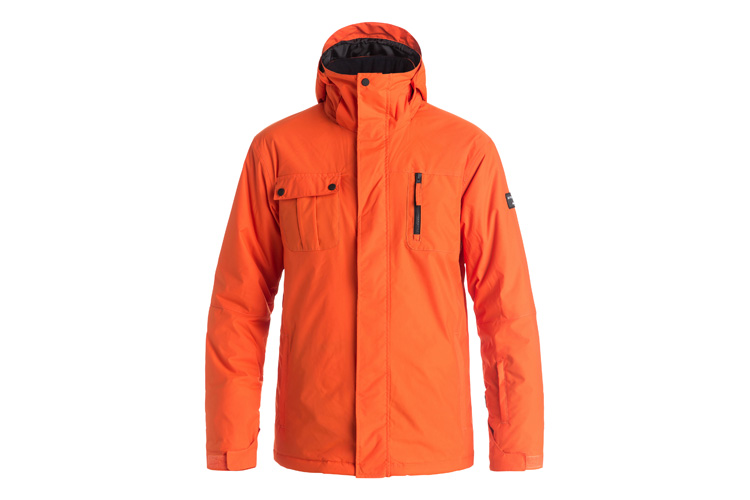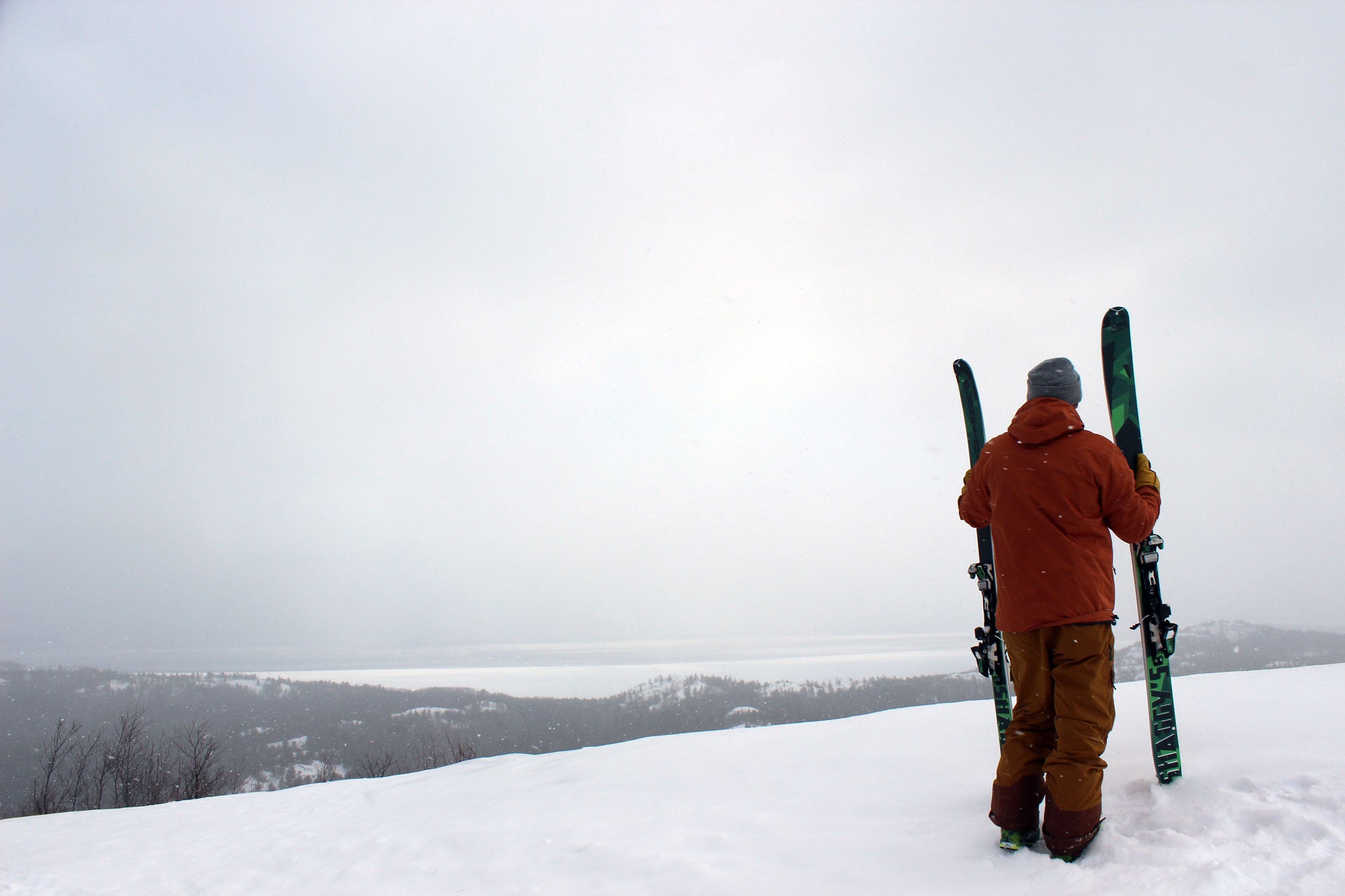
Beaver Creek Ski and Snowboard School offers an excellent program for children aged three to fourteen years. They offer both half-day (skiing alone) and full days (skiing + snowboarding) group lessons. Lunch time supervision is available in a stateof-the-art learning space at the Buckaroo Express Gondola.
Buckaroo Bowl's introductory terrain park helps beginners to learn how to use the snow-made "spine", before moving on to the main slopes. This is especially useful for children younger than 5 who might have trouble focusing on the slopes.

Buckaroo Bowl, in addition to the terrain park, is a great place for beginners and intermediate snowboarders to practice their turns and increase their confidence on the mountain. This is especially true when paired with a lesson from a professional instructor who will teach them to turn with confidence and control on this snow-made learning surface.
During their lesson, kids will have an opportunity to learn about the snow and the mountain, such as making turns on a jib, using a snow-made trail, learning how to slalom, and more. As they learn how to use safety gear and wear helmets on the slopes, they will also be able to practice their snow manners.
Beaver Creek Ski and Snowboard School offers more than just the different terrain parks. These lessons are designed for advanced, intermediate, and beginner skiers. Private lessons can also be offered.
Talons Challenge offers a fun way to get more advanced skiing skills. This course is 13 runs and covers almost 24,000 feet of vertical. It takes you on the most difficult terrain in Beaver Creek.

Aside from the numerous terrain parks, Beaver Creek is also known for its plethora of Adventure Zones, including teepees and bridges that are fun to make turns on and scoot across. These areas are popular with younger skiers and can be found all over the resort.
FAQ
What snacks can I bring on the plane?
There are many snacks to choose from while you're flying. Consider bringing along any food that you are fond of while traveling.
If you are a chocolate lover, you may want to bring some chocolates along with other snacks like crisps, nuts, and biscuits.
For something more savory, you might want to pack cheese or crackers.
It's also worth considering what kind of beverages you'd prefer to have aboard. Maybe you prefer hot or cold drinks?
No matter what type of snack you bring, ensure that they are packed securely and safely.
So you don't have to worry that they might get damaged on the road.
What amount of luggage should I bring?
The length of the trip will affect how much luggage that you can take. For a flight, hand baggage is not necessary, typically less than 20 kg. However, if you are taking a train or bus, then you will need more space.
When you arrive at the airport, you will be given a form to fill out with details of your flight. This will include information like the weight of your bag and whether you need assistance in checking them in.
This must be done before you leave your home. If you don't, then you could find yourself waiting around for hours while everyone else checks their luggage.
Because you never know what could happen, it is better to travel light. For example, if your bag gets lost, you won't have anything to wear.
Should I purchase travel insurance?
Travel insurance is important if your plans include adventure travel. You should ensure that you have coverage for all types and forms of adventure sports.
You should make sure you have insurance if you ski. You should also consider getting coverage for theft, damage, and loss.
Consider purchasing cancellation coverage. This covers you from any possible penalties if you cancel your holiday.
Additionally, it is a good idea to ask for emergency evacuation coverage. This includes evacuation from the mountain in the case of an earthquake or other natural disaster.
What's the first thing you should do when you arrive at your travel destination?
A plan should be prepared for each step of your journey. It lets you know what's expected and where to go.
Planning ahead is essential to avoid being late for any important events.
You should also research what museums, parks, or landmarks you want to visit if you are planning to visit a city more than once.
A map of the area may be useful and you might want to read up on the history.
How can I travel light and how do I get there?
There are many options when it comes to packing for a trip. Here are some tips to help you decide what to pack.
-
Only bring what is necessary.
-
You should only pack what you actually wear.
-
Don't buy too many.
-
Be sure to have plenty of space in your suitcase
-
Double-check everything that you have packed.
-
You can take advantage of our free storage facilities
-
Use reusable water containers instead of buying bottled water.
-
Use a backpack to carry your stuff instead of a bag.
-
Walking or cycling is a better option than using public transport.
-
Choose the right size bag.
-
Do not carry heavy items.
-
Be prepared for any eventuality.
-
Don't leave anything behind
Are you concerned about what you might lose when you travel?
Yes, I often forget stuff. This is especially true when I am on a short vacation. But luckily, I always have everything with me, so I never run out of anything.
I always keep my passport, for example. When I purchase tickets, I make sure I have enough cash.
My phone charger is always with me. To store any other items, I keep them in a small bag.
Statistics
- That's an 18% jump from 2019, the previous record year. (travelandleisure.com)
- Pack sweaters, jackets, and underwear in reusable compression bags creating up to 75% more space in your luggage. (wikihow.com)
- They're also likely to offer babysitting services, in case you'd like to have dinner one night after 7 p.m. (travelandleisure.com)
- Between the ages of 11 and 13, kids, or tweens, will likely want some autonomy but also need boundaries. (travelandleisure.com)
- Alcoholic beverages with 24% alcohol or less are not subject to limitations in checked bags. (tsa.gov)
External Links
How To
How to Have a Weekend Vacation
Weekend getaways are an opportunity to reflect, relax, and enjoy. It is a time for relaxation, rejuvenation, and disconnect.
This is also a time for reflection on your priorities and how you spend your weekends. You might find yourself reflecting on the benefits of working in a position that allows you to travel if you are lucky enough.
However, no matter your reason for taking time off from work, you should plan plenty of activities.
You will probably want to spend time alone, but still enjoy the company and friendships back home. But, it's equally important to remain active.
There are many things to do on the road, whether you want to visit local attractions, hike or camp, or just relax and enjoy the sun.
It is important to give yourself sufficient time to recover and rest between each activity. After all, it's easy to burn out when you're constantly pushing yourself. So plan ahead and leave room for downtime.
You'll be able to relax again once you have landed safely. But it won't be long before you're itching to hit the ground running once more.
Don't allow yourself to fall behind. You should make time each day to check your emails and catch up on projects.
This way, you'll stay connected without feeling overwhelmed. You won't miss any opportunity to grow your business.
Don't be afraid to ask for assistance. Sometimes, you might feel stuck and unsure what to next.
If you need advice, contact someone at your workplace or a friend. It doesn't matter how busy your day is, it's still possible to have a quick conversation with loved ones.